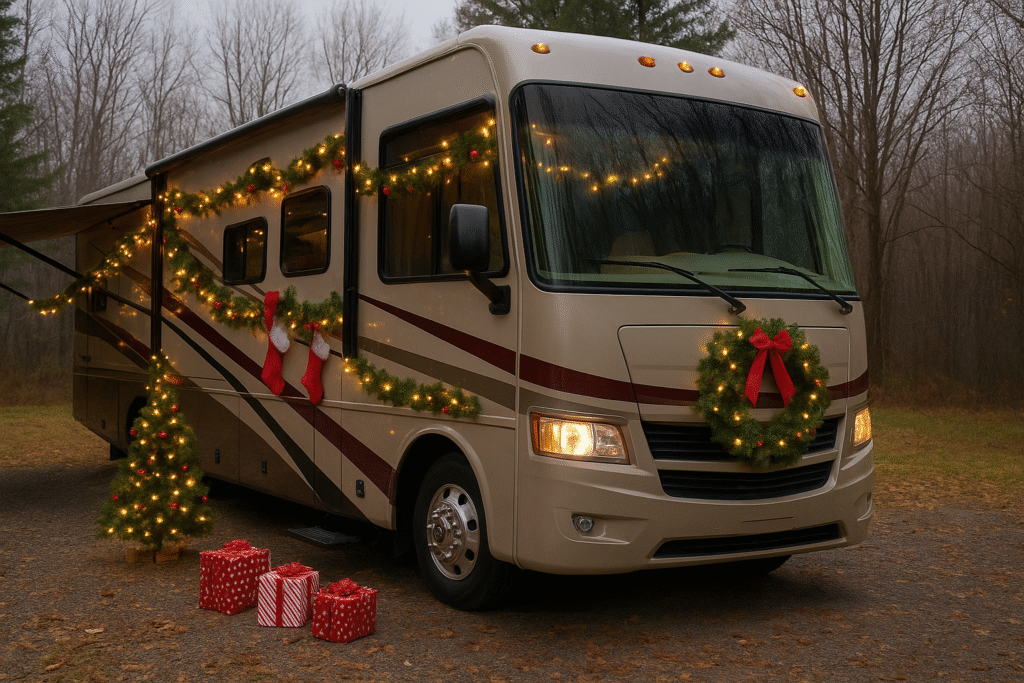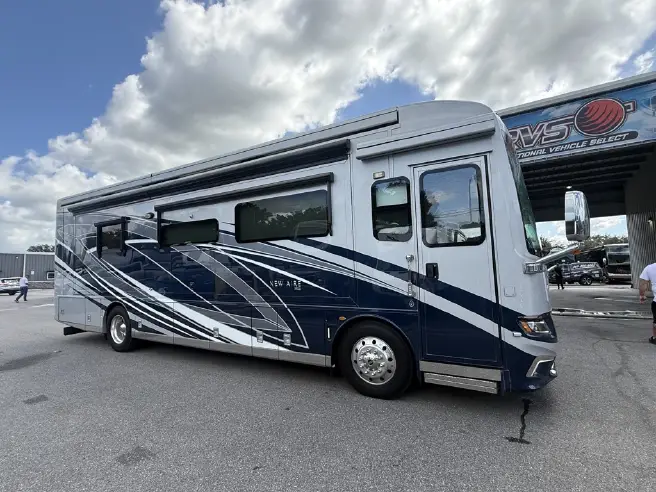Here in Florida, there’s typically never any threat of snow. It might get cold enough every so often for some frost to kiss the landscaping and prompt you to break out a sweater and some boots, but you usually have to leave the state to experience true snowfall and extreme cold weather.
If you plan to travel to other parts of the country during the winter months in your rig, there’s a chance you’ll encounter the cold, snow, sleet, and ice conditions that we don’t experience here. But can your RV withstand those conditions? Is it constructed in such a way that will allow you to feel toasty warm inside even if it’s brutally cold outside?
The term “four season” is used in the RV industry to describe rigs that can handle harsh conditions, including extreme cold and heat. Unfortunately, there are few consistencies among RV manufacturers about what actually constitutes four-season construction, so it’s important to research your options before buying any four-season rig and fully understand its capabilities based on how you plan to use it. For example, here are a few features you might want your RV to have if you plan to embark on cold-weather travel:
- Double-paned windows – Windows with dual panes can help provide more insulation to your RV, keeping warm air from seeping outside and cold air inside. Oftentimes, there’s even a special coating on the glass to help reflect UV rays, helping the interior stay warmer in the winter and cooler in the summer months.
- Ducted heating system – Having this type of system helps ensure that heat is distributed more evenly throughout the rig, reducing the likelihood that cold spots in the living areas form.
- Heated holding tanks – Sometimes the heating element for the tanks is essentially a pad attached to the belly of the tanks, while other systems involve heating the tanks via the furnace ducts. Either way, heating the tanks can help prevent water and waste from freezing.
Luckily, if your rig is lacking these features, that doesn’t mean you have to cancel your winter ski trip to Colorado. In fact, there are some do-it-yourself projects you can undertake to beef up your existing RV and make it suitable for winter environments. Just try:
- Adding weather stripping around the entry and other doors in the rig to help prevent air leakage
- Using foam cutouts to cover and insulate hatches, vents, and other spots notorious for air infiltration
- Applying a peel-and-stick insulation film to your windows to help reduce heat transfer into and out of your RV
- Skirting your RV when it’s parked, whether with commercially made skirting or paneling you create yourself; even banking snow up and around your rig can work, helping to keep cold air from circulating underneath the vehicle
So, whether you plan to hit the slopes, do some ice fishing, or simply visit family and friends in colder climes, you can do so comfortably with the right four-season RV or with just a few DIY upgrades to your existing RV.
Want to learn more about cold-weather travel in your RV? Contact us today!




